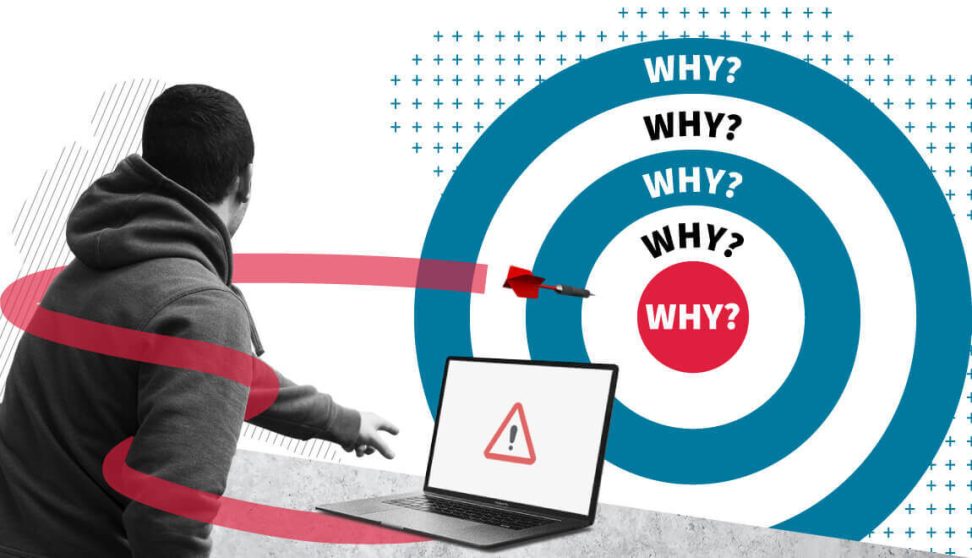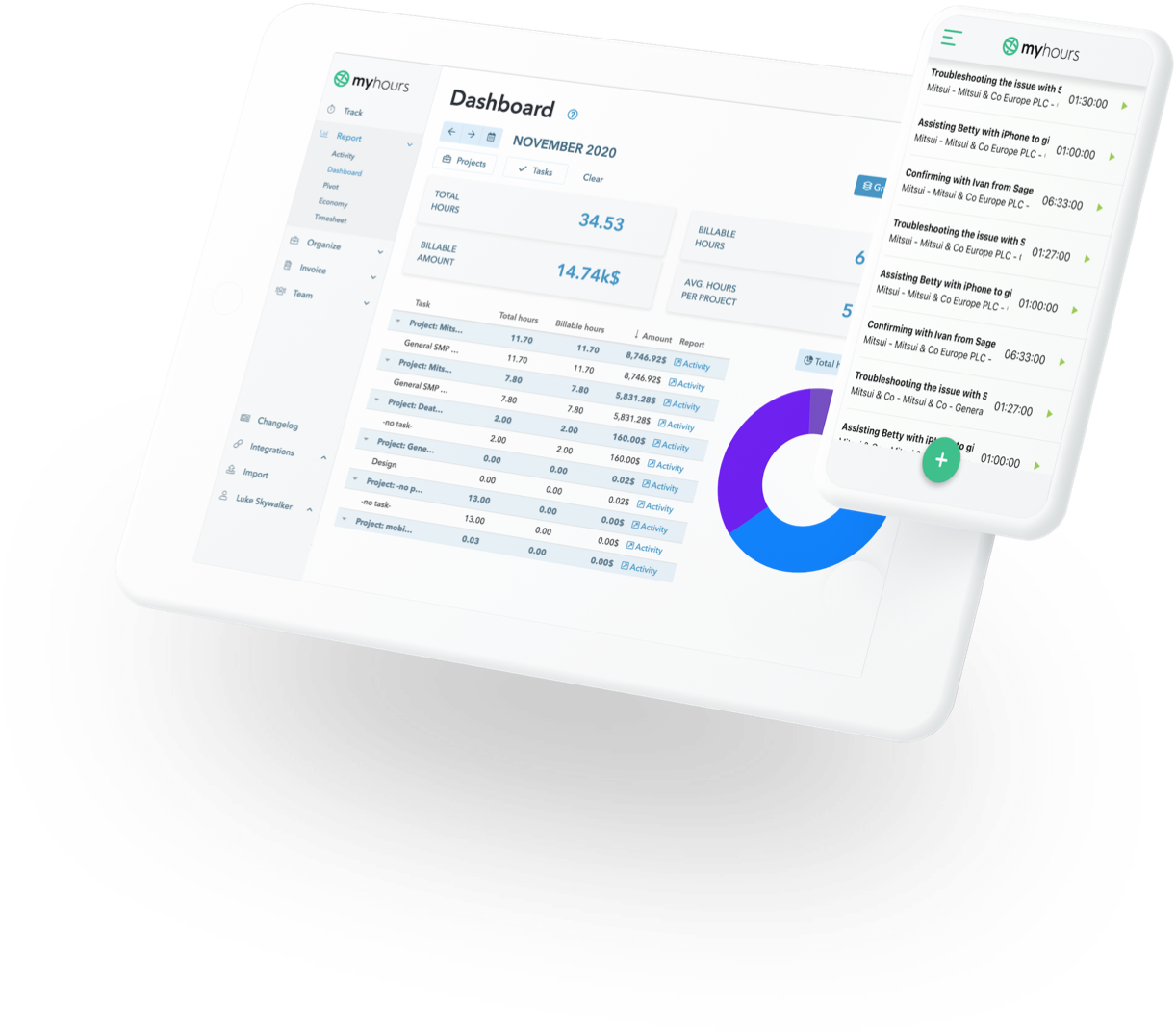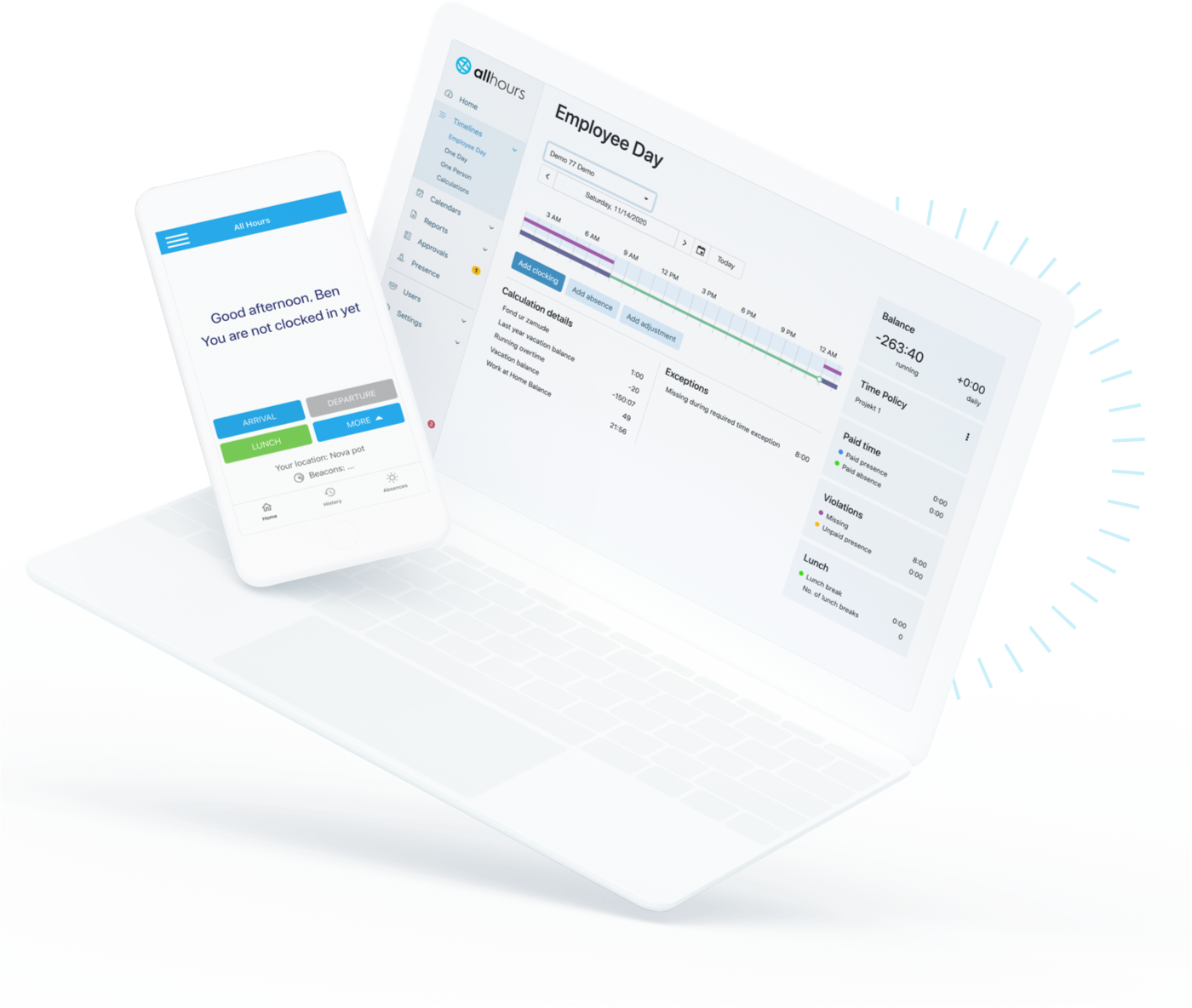The 5 Whys technique – dig deep to find the root cause of any problem

The 5 Whys is an analytical technique that helps you to explore cause-and-effect relationships when trying to solve a problem.
The name comes from the idea that when a problem is encountered, asking the question “why?” 5 times will uncover the devil in the details and expose the root cause of the issue, so it can be solved once and for all.
- The rules to follow when performing the 5 whys analysis
- A practical example of the 5 whys technique
- Dedicate a “5 whys master” in your organization and make sure every problem is tackled
- 5W1H – an additional five questions for even more thorough analysis
- Which will be the first problem you will solve with the 5 Whys analysis?
The 5 Whys technique is part of the lean production system and was invented by Sakichi Toyoda, the founder of Toyota Industries. The technique was first used in the 1950s, became extremely popular in the 1970s and is still used in the Toyota today.
The main idea of the 5 Whys analysis is to avoid quick fixes that work only short-term, and rather to find the real cause of a problem to make sure it never repeats itself.
The technique also became part of the Six Sigma process-improvement technique and an important part of the lean startup methodology (here is Eric Ries, one of its founding fathers, writing about the 5 whys analysis).
There are a few critics of the system, with some stating that the technique is too simple, but in actuality, that’s one of its real powers.
The 5 whys analysis is most useful when:
- You’re solving a complex problem
- You’re dealing with a consistent problem (a constantly repeating issue)
- Your mind is quickly jumping to conclusions
The rules to follow when performing the 5 whys analysis
The main point of using the 5 Whys analysis when you encounter a problem is to avoid common logical traps (such as jumping to conclusions), avoid wasting time on discussions based on wrong assumptions, and to avoid ignoring the essence of why the problem is really happening.
The 5 Whys technique also helps problem solvers to stop playing the blame game. The basic proposition when performing a 5 Whys analysis is that people do not fail, but processes do.
Thus the 5 Whys analysis should be directed towards digging deep to find a fault in the processes and to identify causality between the root cause and consequences or effects, later usually seen as more obvious problems.
With the 5 Whys Analysis you dig deep to find the root cause of a problem. When you do that, you not only get a chance to solve a problem successfully, but to make sure it doesn’t repeat itself.
Here are a few particularly important rules when you perform the 5 whys analysis:
- Involve managers, decision makers, and everyone affected by the problem in the process
- Make sure everyone understands the problem well
- Know the difference between causes and effects, as that is part of understanding the problem.
- Use a whiteboard for brainstorming and solving the problem (visualize everything)
- Don’t jump to conclusions, rather perform a step-by-step analysis
- Be as precise as possible in finding the answers
- Focus on facts, knowledge, and processes, don’t blame people
- Make sure the solution is tested and the results are measured
A practical example of the 5 whys technique
To understand the real power of the 5 Whys technique, let’s look at a practical example that often happens in daily business life, and more precisely in marketing.
Let’s say that an article or a blog post wasn’t published on the company’s blog:
- An article wasn’t published on our company website. Why?
- Nobody published the article. Why?
- Nobody was given the clear instruction to write and publish an article. Why?
- A team leader forgot to delegate the task. Why?
- There is no content calendar in place. Why?
- Nobody took the time to prepare the content calendar. Why?
- Because nobody thought that the content calendar was important enough. Everyone assumed that people would enthusiastically volunteer, write a blog post and publish it.
Based on the example above, we can clearly see how the 5 whys technique can help you to focus, find the root cause of the problem, and improve the process. In the example above the “Why” question was even asked six times. Don’t be afraid to dig even deeper if necessary.
Now, when the root cause reveals itself you have two options: Option 1 is to point fingers and look for the person who is responsible for the website and didn’t publish the article. But, as mentioned, playing the blame game is very ineffective.
In the short term the responsible
people will feel bad and perhaps be more consistent with their work, but sooner
or later the fear will fade away and the mistake will happen again; simply because
there’s no clear process and responsibility set in place.
Not to mention, fear is a very poor motivator. You should never blame people, but think about changing an environment system, process, culture, etc.
Option 2, and a much better investment of your mental effort, is to think about how to improve the process. In our case, organizing all the necessary processes and responsibilities with a content calendar (a calendar with strictly set dates and topics with planned articles to be published) would bring a real improvement.
Clearly defining who is responsible for preparing a monthly content calendar, together with how the whole content creation process goes; from coming up with an idea for an article, to producing, editing, publishing, and distributing it, and then consistently following the process; would make sure the problem never occurs again.
According to the Kaizen rules, you must be careful not to improve processes with more administration.
Focus on the cure, not the symptoms.
Dedicate a “5 whys master” in your organization and make sure every problem is tackled
Many managers are familiar with the 5 whys technique, but forget to apply it when necessary. Although it’s a simple technique to use, it can be hard to implement. That’s why it’s good to have a single person who can act as the “5 Whys master”- the main problem solver in your company.
This person should be responsible for regular problem management and use of the 5 whys technique, and also to make sure that the corrective actions are implemented.
If you are enthusiastic about becoming the “5 whys master”, here are the steps to professionally perform the 5 Whys analysis every time you encounter a problem worth tackling:
- The 5 Whys master writes down exactly what a problem is.
- The 5 Whys master makes sure that everyone affected agrees with the problem. As mentioned, part of the team should be decision makers with firsthand experience.
- All the data and facts that illustrate the problem are then presented – proof, history of knowledge, different data and points of view, past solutions etc.
- The dedicated group performs the 5 Whys analysis.
- The group finds and agrees on solutions proportionate to the size of the problem. The solution should be sought in every step after the “why” question is asked.
- The management or the 5 Whys master assigns responsibilities for the implementation of the optimal solution found at the end of the process.
- The solution is tested, and after the results are measured everybody in the company is notified about the implemented solutions.
As you can see, the 5 Whys methodology really is simple, effective, comprehensive, flexible, engaging, and inexpensive - all you have to do is to make sure you don’t mistake symptoms for root causes.
Sometimes there is more than one root cause to search for, so you shouldn’t settle for the first obvious solution, but dig deep and flesh out all the possibilities so you can truly solve the problem. And you should absolutely avoid the blame game and instead focus on the process.
People always make mistakes, no matter how good they are. Make sure you have processes in place that minimize those occurrences.
5W1H – an additional five questions for even more thorough analysis
Sometimes asking only the question “why” doesn’t give us a good enough perspective on the problem. To make an even more thorough and detailed analysis of an issue and really find the optimal solution, you can add a few additional questions.
These questions are: What?, Who?, When?, Where?, Why?, and How?, which is where the name 5W1H comes from:
| 5x |
|
| 1x |
|
When you add new questions and look at the problem from different angles, you can more easily identify new connections between the consequences and the root cause or causes, as well as have a better chance at understanding all the different points of view and possible solutions.
While doing so, you have to keep your mind as open as possible. Only then, when you truly understand the problem, root cause, and circumstances, can you find the optimal solution and make sure the problem never occurs again.
Which will be the first problem you will solve with the 5 Whys analysis?
Now you have a very useful weapon when it comes to solving problems, so it’s time to put it to good use. Think of the most challenging and repetitive problem that your organization is facing right now.
Make a firm decision that you will solve the problem by employing the 5 Whys analysis (or alternatively 5W1H) and follow these steps:
Form a 5 Whys team (decision makers and everyone affected by the issue) and name the 5 Whys master
- Gather everyone in front of a whiteboard
- Define the problem in a detailed and precise manner
- Ask “why” five times, write the answers on the board, and make sure you distinguish symptoms from causes
- Find the root cause and the best solution to eliminate it at the process level
- Assign a responsible person for the solution, test it, and inform the whole team of the results
Good luck with solving the problem!








